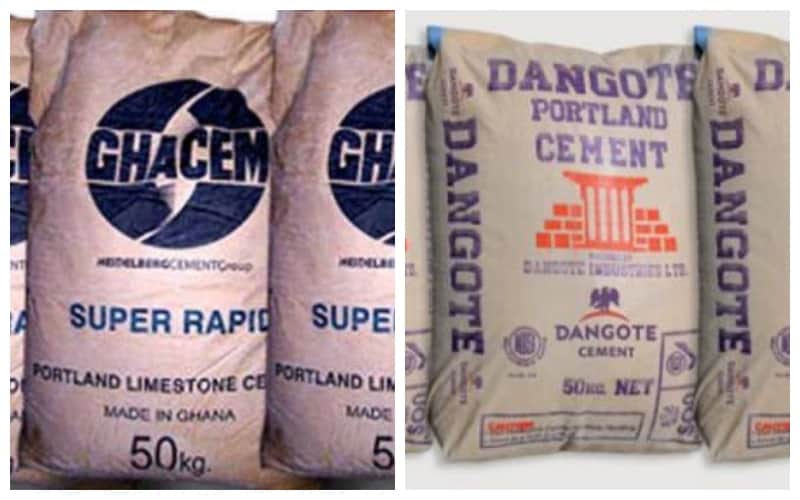Cement Price Ghana

Cement is an essential building material that plays a crucial role in the construction industry. In recent years, Ghana has experienced a significant increase in cement prices, causing concerns among builders, contractors, and consumers alike. This article aims to provide a comprehensive analysis of the factors contributing to the rising cement prices in Ghana and its impact on the construction sector.
1. Supply and Demand Dynamics
One of the primary factors influencing cement prices in Ghana is the supply and demand dynamics within the industry. Over the past few years, there has been a surge in construction activities across the country, driven by infrastructure development, urbanization, and population growth. This increased demand for cement has put pressure on the existing supply chain, leading to higher prices.
Furthermore, Ghana’s cement industry heavily relies on imported clinker, a key component in cement production. Fluctuations in global clinker prices, coupled with transportation costs and exchange rate fluctuations, have contributed to the overall increase in cement prices. The limited local production capacity to meet the growing demand has also played a role in the price hike.
2. Production Costs and Energy Challenges
Another significant factor impacting cement prices in Ghana is the production costs incurred by manufacturers. Cement production involves several cost components, including raw materials, labor, energy, and transportation. The rising costs of these inputs have directly influenced the final price of cement.
Energy challenges have been a persistent issue in Ghana’s industrial sector. Frequent power outages and high electricity tariffs have increased production costs for cement manufacturers. To compensate for these challenges, manufacturers often pass on the additional costs to consumers, resulting in higher cement prices.
3. Taxation and Government Policies
Taxation policies and government regulations also contribute to the rising cement prices in Ghana. The government imposes various taxes and levies on cement imports and local production, including import duties, VAT, and levies on raw materials. These taxes increase the overall cost of cement, which is eventually borne by consumers.
Additionally, government policies related to land acquisition, permits, and licensing can affect the cost of construction projects. Delays or bureaucratic hurdles in obtaining necessary approvals can lead to project cost overruns, indirectly impacting the demand for cement and subsequently its price.
4. Impact on the Construction Sector
The increasing cement prices in Ghana have had a significant impact on the construction sector. Higher cement costs directly affect the overall cost of construction projects, making them more expensive for developers and consumers. This, in turn, can lead to delays or cancellations of projects, hampering economic growth and development.
Small-scale builders and contractors are particularly vulnerable to the rising cement prices as they often operate on tight budgets. The increased cost of cement puts additional financial strain on these stakeholders, making it challenging to complete projects within budgetary constraints.
Conclusion:
The rising cement prices in Ghana can be attributed to various factors, including supply and demand dynamics, production costs, energy challenges, taxation policies, and government regulations. These factors have collectively contributed to the increased cost of cement, impacting the construction sector and consumers. To address this issue, it is crucial for stakeholders, including the government and cement manufacturers, to collaborate and explore strategies to enhance local production capacity, improve energy infrastructure, and review taxation policies. Such measures can help stabilize cement prices and support sustainable growth in Ghana’s construction industry.






